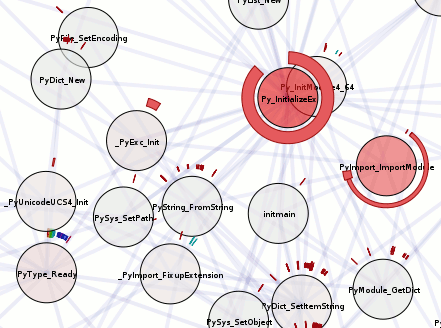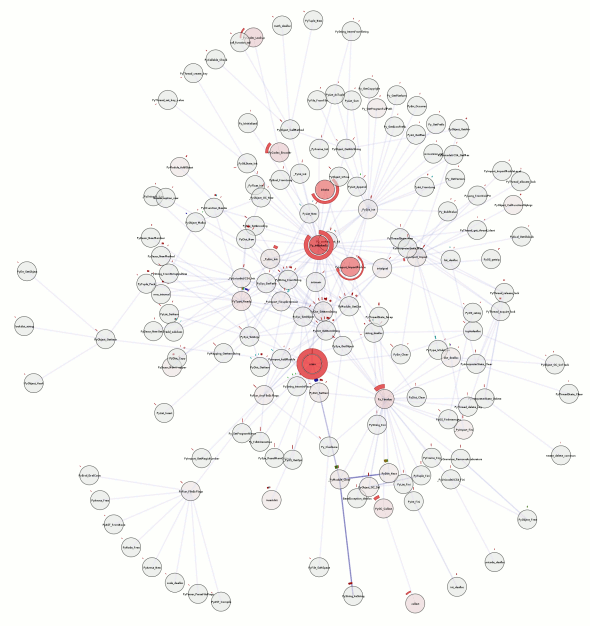My personal laptop rolls amd64-style (rather than i686), and chronicle-recorder’s valgrind component was not working on it (“illegal instruction”). I have done some vendor-branch dancing to get chronicle-recorder’s valgrind sub-directory to use valgrind 3.3.0. A bzr branch of just the valgrind subdirectory (drop-in or build separately and make sure you invoke valgrind from that location) is available here: http://www.visophyte.org/rev_control/bzr/valgrind-chronicle/valgrind-chronicle/
A probably faster location to bzr branch from is here: http://clicky.visophyte.org/rev_control/bzr/valgrind-chronicle/valgrind-chronicle/
and a tarball of the tip is here: http://www.visophyte.org/rev_control/tarballs/valgrind-chronicle-r6.tar.bz2
I have also updated chroniquery (my python binding for chronicle-query’s JSON interface, and its own set of tools that build on it) to work with amd64. Its bzr branch is here: http://www.visophyte.org/rev_control/bzr/chroniquery/trunk/
The goal of all of this was to be able to run chronicle against Thunderbird, which I was able to do. Unfortunately, visichron (the visualizing part of chroniquery using visophyte) is not quite ready for such an undertaking at this time. (Not to mention a few C++ symbols issues…)

However, it was powerful enough to handle visualizing the trace resulting from invoking python on a python file with just “print ‘hello world'” in it. So that’s what you see here, albeit limited to only 3 call levels deep. Click on the upper picture to see the whole thing at 2000×2000, or just look on the lower picture to get an idea of what’s going on. Just like my first post using visichron, the rings are colored based on a (naive) control-flow-taken basis. The ring colors are per-function, however. Also, the node colors are ‘hot’ colored based on how many ‘ticks’ were spent inside the functions, multiple counting for recursion.
Other interesting changes include some primitive watch functionality for chronisole’s ‘trace’ mode. Also, the previously unmentioned readchron.py now understands and prints BunchedEffect and RegEffect info. (readchron aspires to be along the lines of readelf for chronicle databases, but with more colors.)

